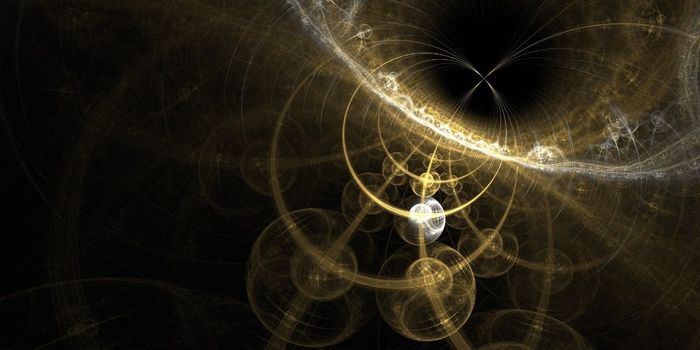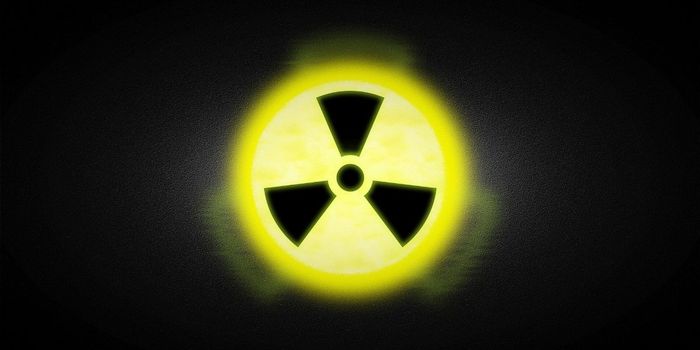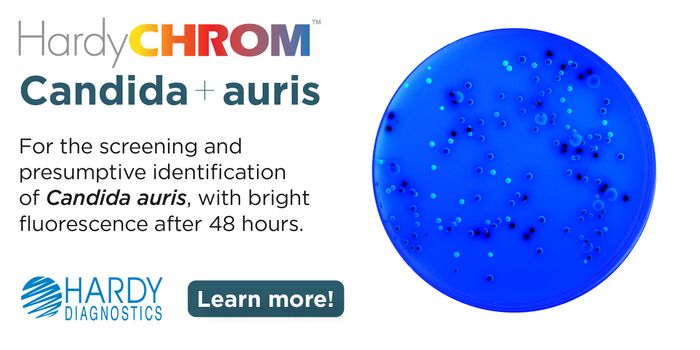Videos
How to Achieve Long-Term Brain Health
Julianne (@JuliChiaet) covers health and medicine for LabRoots. Her work has been published in The Daily Beast, Scientific American, and MailOnline. While primarily a science journalist, she has also covered culture and Japanese organized crime. She is the New York Board Representative for the Asian American Journalists Association (AAJA).
• To read more of her writing, or to send her a message, go to Jchiaet.com








